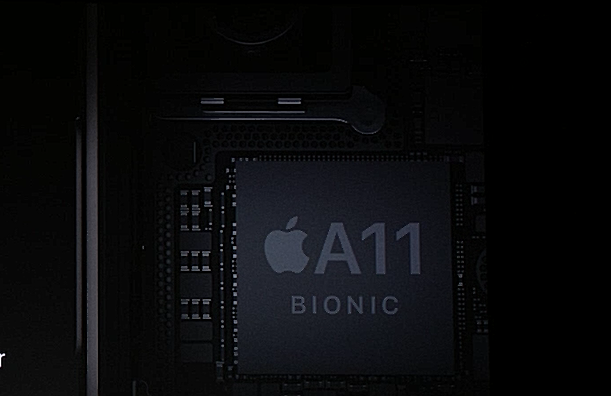Apple A11 Bionic: The fastest six-core mobile processor around

Everything you need to know about the new Apple A11 Bionic processor that’ll feature in the iPhone 8, 8 Plus and iPhone X.
With every big new iPhone launch comes a namedrop and a quick, flashy 3D look at Apple’s latest CPU. For the iPhone 8 and iPhone X, we even have a new name. Gone is A10 Fusion, and say hello to A11 Bionic. Why’s it Bionic? Marketing jargon mostly, but this chip does assist in speeding up image recognition including biometrics. Apple says it’s the “most powerful, and smartest chip ever in a smartphone”.
Related: iPhone X
What’s new? First, it’s a six-core processor. “Exciting,” you think, and indeed it is, but just remember that more cores on a phone isn’t the same as more cores on your laptop.
There are two “performance” cores and four “high-efficiency cores” for a total of six. This chip design is similar to big.LITTLE, created by British company ARM. Without going too in-depth, this is known as ‘heterogeneous computing’, which is effectively allows devices to run on processors that have cores of different specifications. This unlike a processor in your PC, where all the processor cores are exactly the same.
Compared to last year’s A10 Fusion, Apple claims 25% better performance from those all-important performance cores, while the four high-efficiency cores will collectively be 70% faster for background tasks. What’s more exciting is that the controller, which decides what cores get which tasks, now allows all six cores to work on the same task, allowing for 70% faster multi-threaded workloads.
In terms of graphics performance, the GPU is said to be 30% faster than last year’s, while consuming half the power when working at the same rate as the A10. That’s impressive and will help battery life when it comes to gaming.
The A11 Bionic includes a faster image signal processor for better camera performance, better pixel processing and better noise reduction.
Related: iPhone launch live stream
Big.LITTLE-like designs aren’t unique to Apple’s chip designs; the likes of the Samsung Exynos 8895 and the Qualcomm Snapdragon 835 SoC feature this sort of architecture. But what’s new here is the doubling of the number of lower-power processors, which nobody else has done yet. It’ll be interesting to see whether Apple is able to improve battery life by shunting off more tasks to the lower-power cores. We had big complaints about the battery life on the iPhone 7, so it’s here where the A11 Bionic’s power -saving will be most apparent.
When benchmark results start rolling in, we’ll update this page.
Related: Best iPhone
Let us know what you think of Apple’s new A11 chip by tweeting us @TrustedReviews.


